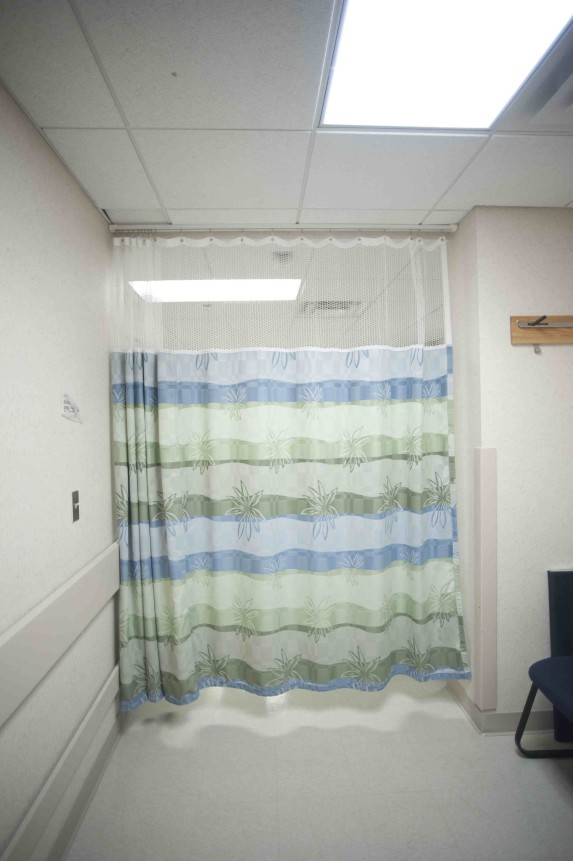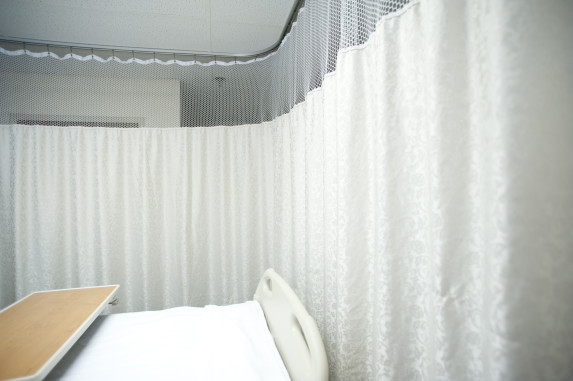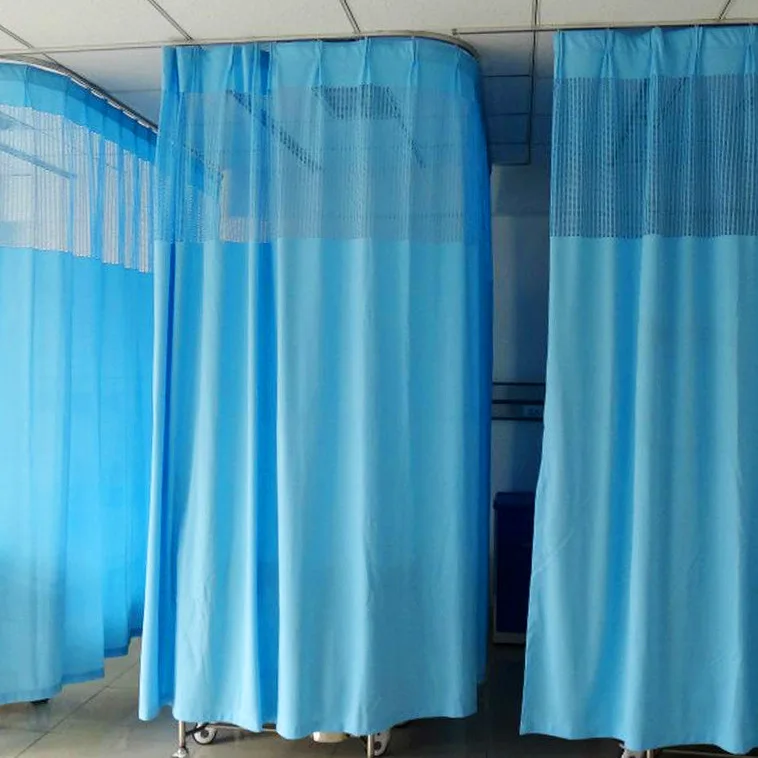


Approximately 45 percent clean or change the curtains in the ambulatory care center only when visibly soiled. Fifty-six percent (19/34) of respondents use curtains in the ambulatory care center. With regard to how often the privacy curtains are cleaned in a standard hospital room, 37 percent (14/38) answered ‘only when visibly soiled’ as recommended by APIC Text of Infection Control and Epidemiology, 13 percent (5/38) answered ‘every month’, 13 percent (5/38) answered ‘every 3 months’ and another 13 percent (5/38) answered ‘once per year.’ Thirty-nine percent (15/38) responded ‘other.’ The researchers report that privacy curtains were most often changed or cleaned when a patient had been discharged from an isolation room for a multi-drug resistant organism. Fifty-five percent (21/38) had a written policy in place specifying how often privacy curtains need to be cleaned and 53 percent (19/36) had a written policy on how often privacy curtains need to be changed. Ninety-six percent of respondents (47/49) answered ‘yes’ to whether their facility uses privacy curtains in patient rooms. The researchers sent a 20-question survey to select geographic members of the Association for Professionals in Infection Control and Epidemiology (APIC), with 50 surveys submitted for analysis. (2013) who reported that hospitals responding to a survey indicated they only changed privacy curtains when they were visibly soiled. Suspicions about certain healthcare textiles being neglected were confirmed by DeAngelis, et al.

While the Centers for Disease Control and Prevention (CDC) and other government agencies around the world provide guidance for laundering contaminated textiles, achieving optimal water temperature, drying time and dedicated process flow can be difficult to achieve in healthcare facilities, and nearly impossible in homes."

privacy curtains, linen, upholstery, patient furniture or room furnishings) ⦠The complex role that these textiles play in acquisition and retention of pathogens is further complicated by varied laundering conditions and requirements, including whether the employer allows employees to launder their work-related apparel at home. (2015) note, "â¦while considerable effort is placed on cleaning and disinfection of non-porous or high-touch environmental surfaces, much less effort is placed on the procedures for cleaning and decontaminating porous, soft surfaces or healthcare textiles (e.g. Studies indicate that microorganisms shed by patients can contaminate hospital surfaces at concentrations sufficient for transmission, and that these pathogens survive and persist for extended periods despite attempts to disinfect or remove them and can be transferred to the hands of healthcare personnel.Īs Mitchell, et al. An increasing number of experts are investigating these contaminated textiles (including privacy curtains, upholstery, apparel, etc.) as a vehicle for cross-contamination and transmission of multidrug-resistant organisms (MDROs) such as Clostridium difficile, vancomycin-resistant enterococci (VRE), methicillin-resistant Staphylococcus aureus (MRSA), Acinetobacter baumannii and Pseudomonas aeruginosa. Ubiquitous as they are in the hospital, healthcare textiles and other soft surfaces can fly under the radar in terms of the role they may play in the transmission of infectious agents.


 0 kommentar(er)
0 kommentar(er)
